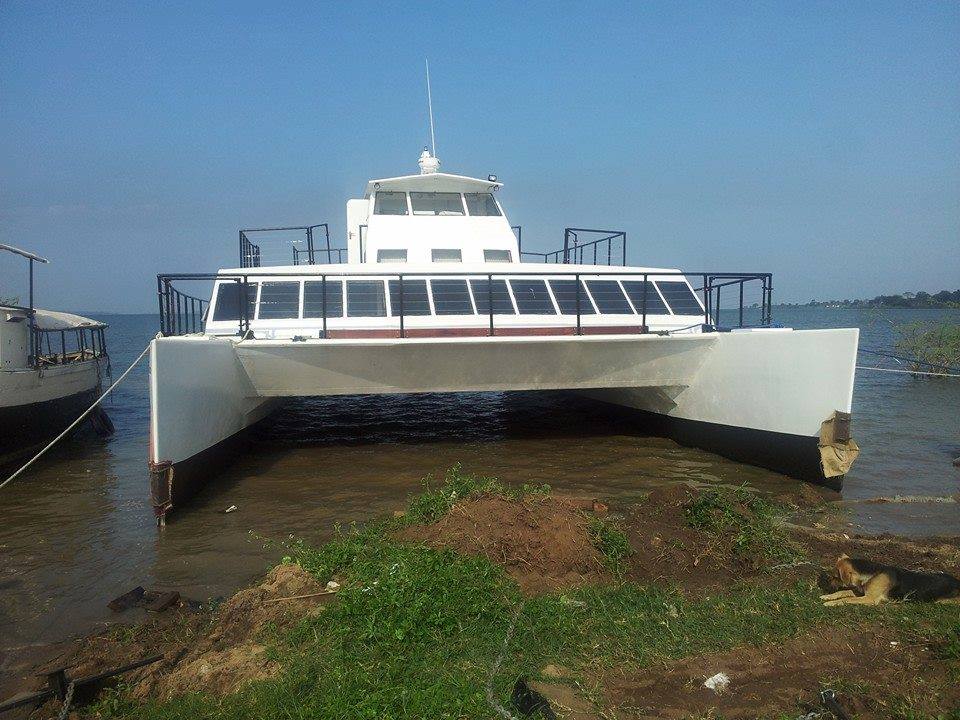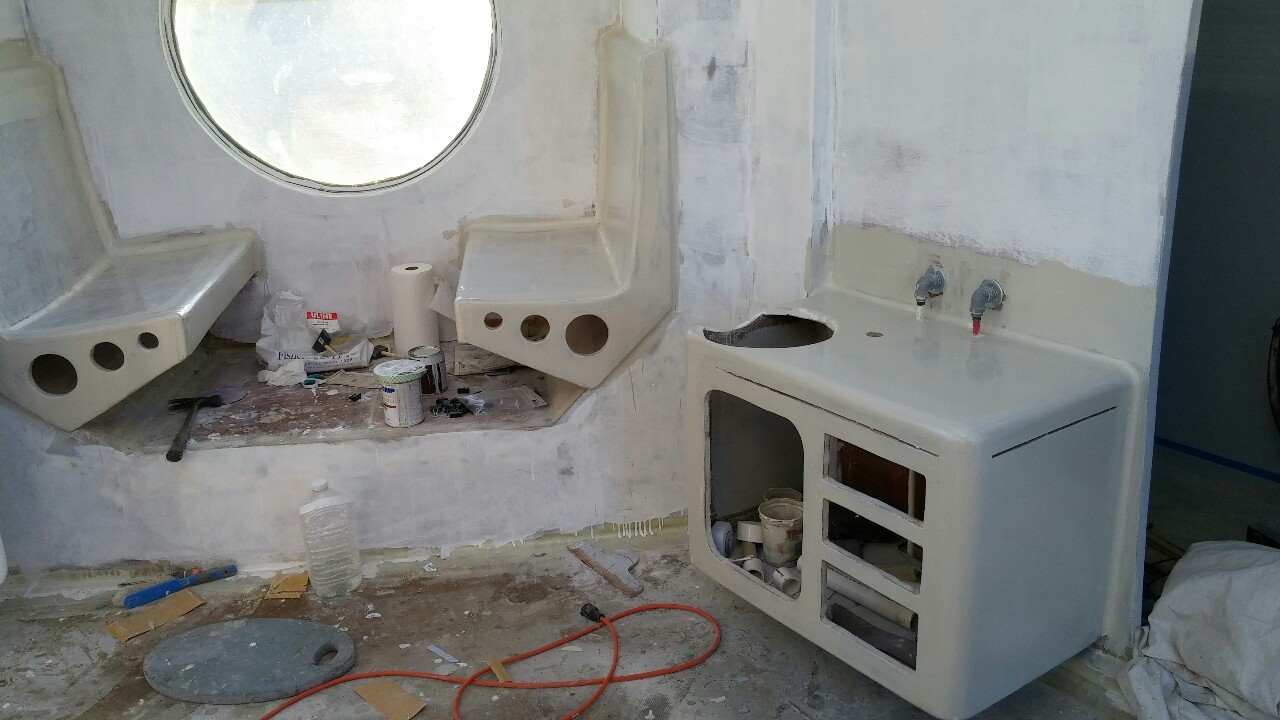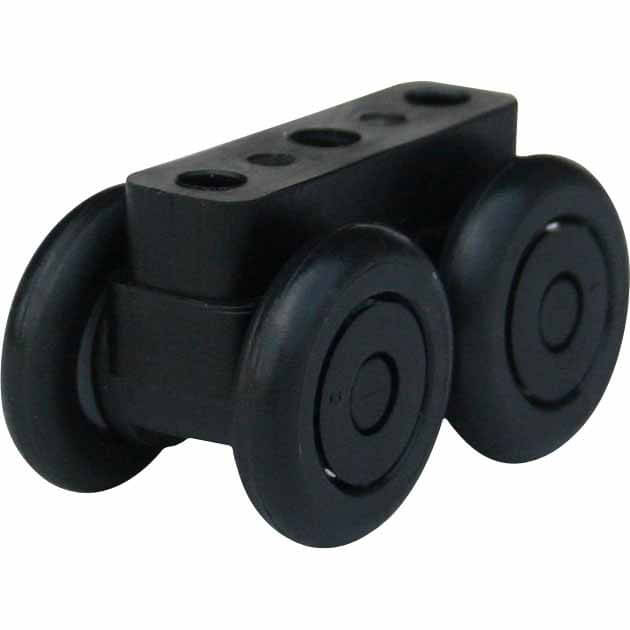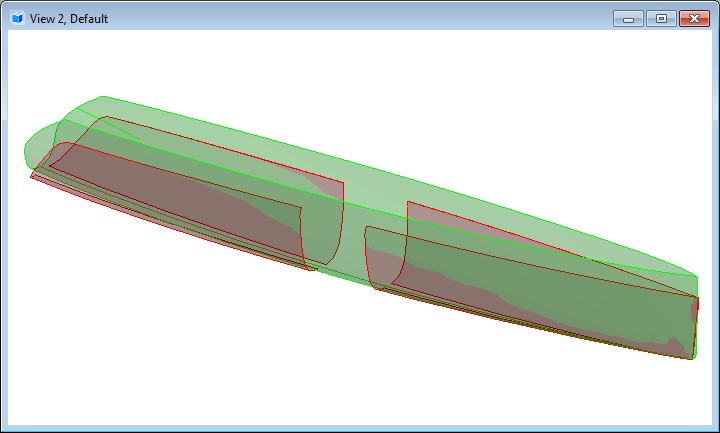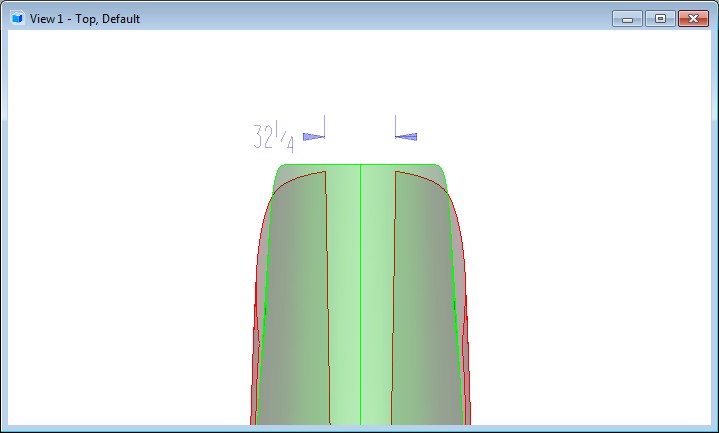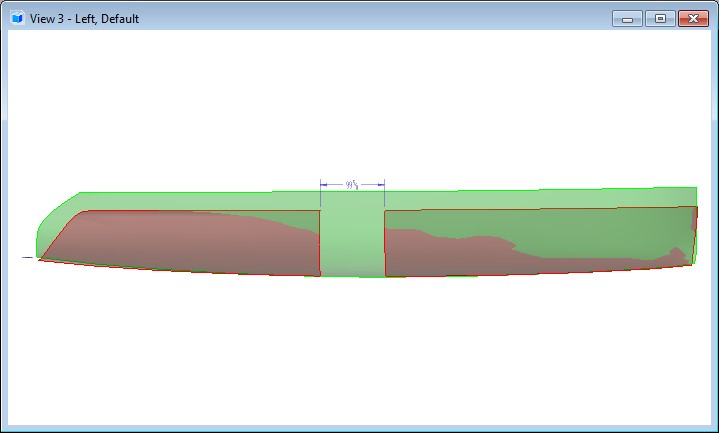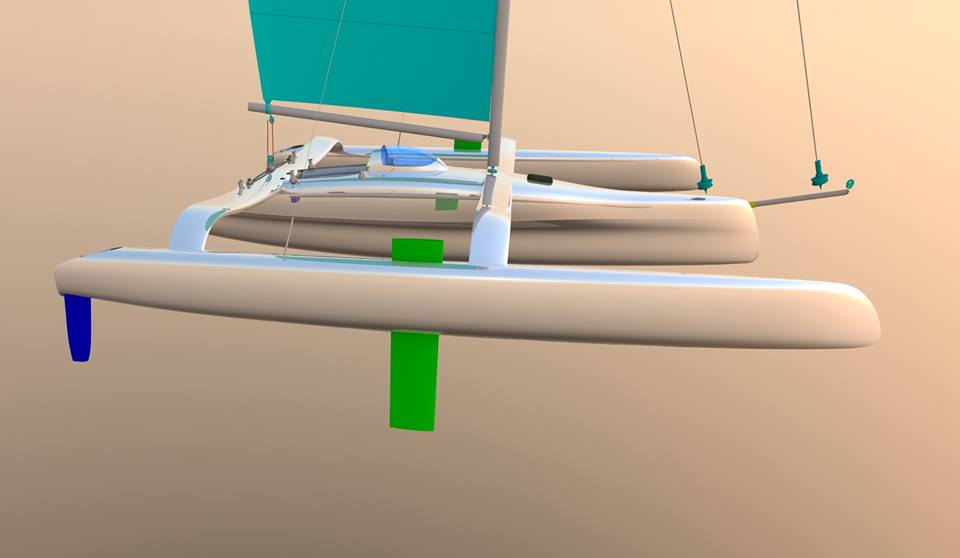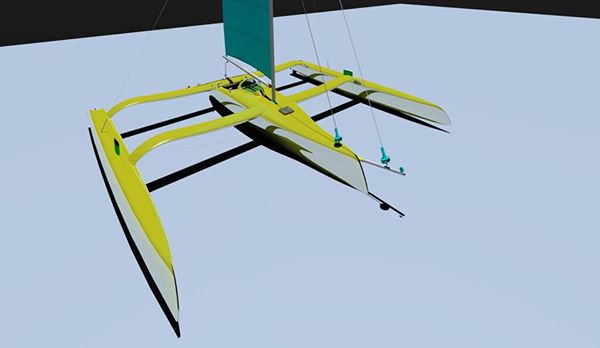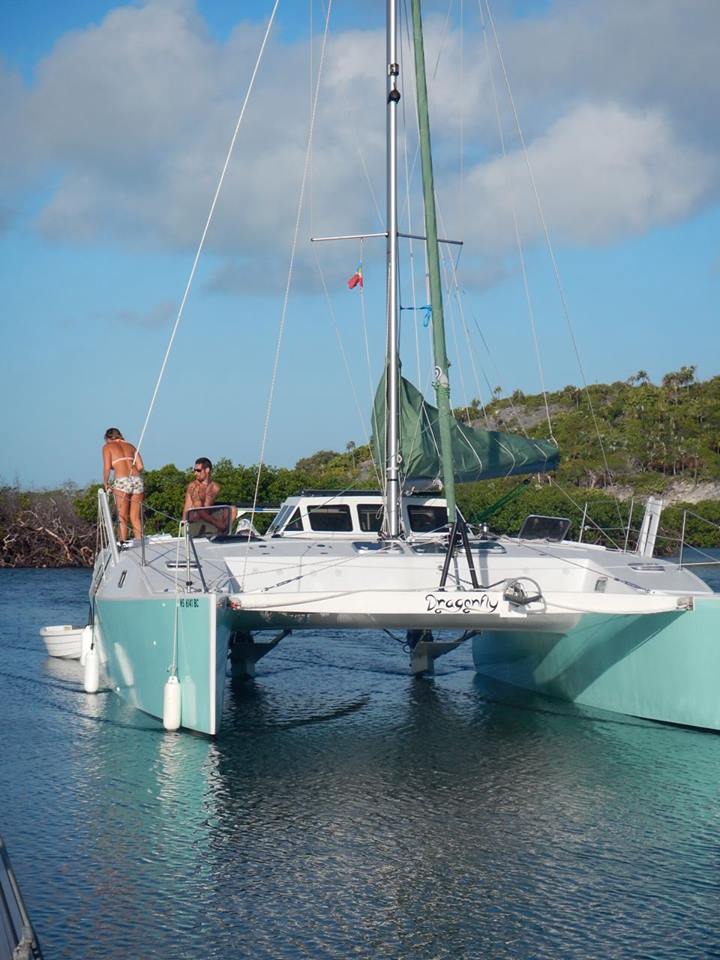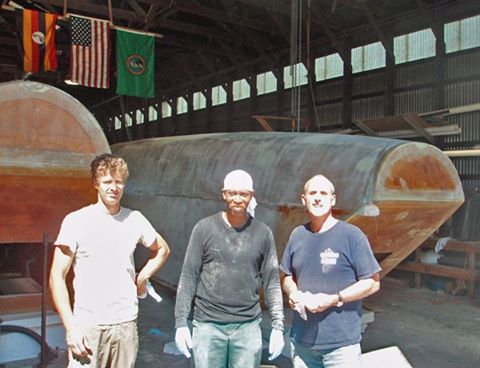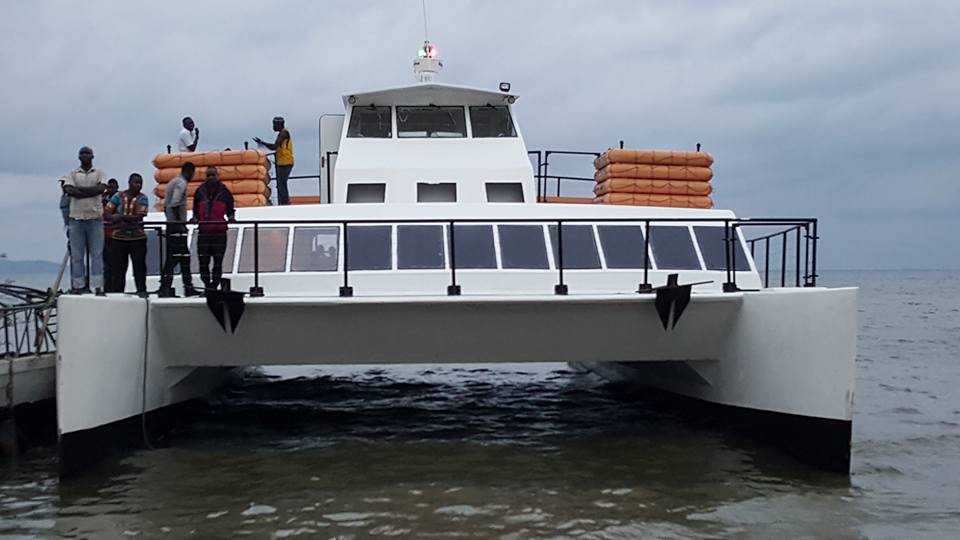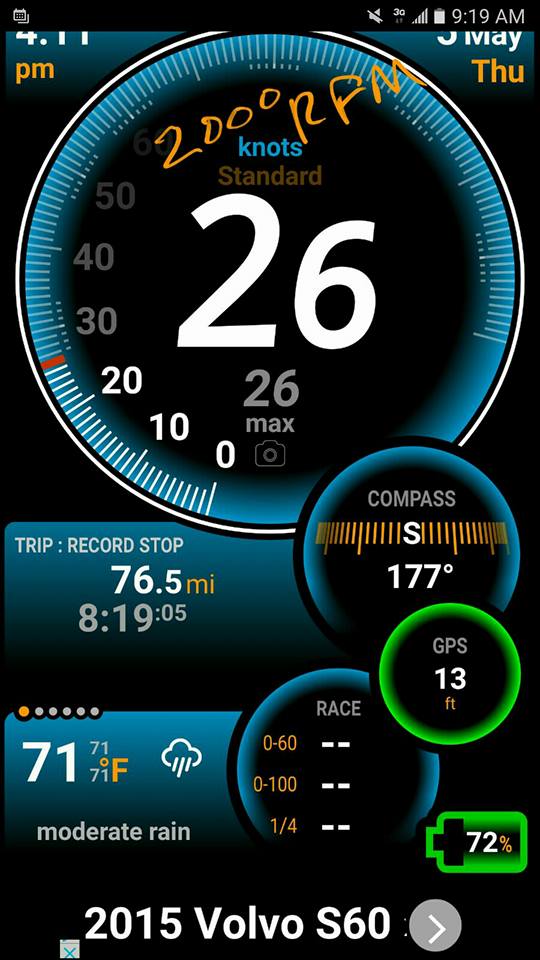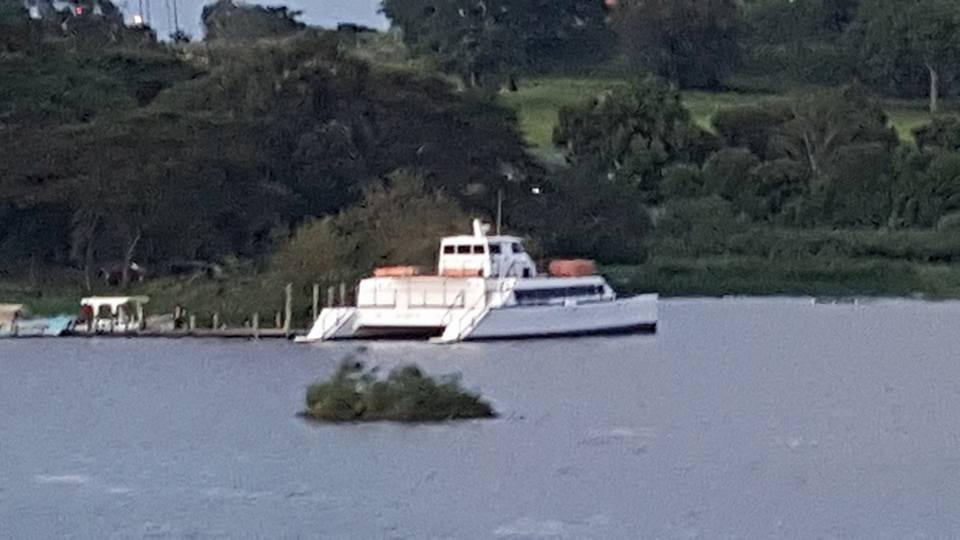The freeboard on the KHSD 65 catamaran ferry for Uganda does look a bit low. It is lower than my other 65 ferrys. One of the lessons that I learned from Amani, also a 65, was that it must travel in containers. Bluebird is lower as it escapes a full length set of horizontal scarphs by being lower. I’m always in favor of a faster build if it can be just as safe.
Monthly Archives: August 2016
Big Changes Submitting Catamaran Plans To USCG
My go-to guy at USCG MSC in Washington DC, Mark Ganulin retired. It seems that he didn’t train anyone nor leave any notes for the new staff on his way out the door.
This came into sharp focus last spring when I was submitting a tiny 27′ shore shuttle catamaran through MSC. There is a thing in the CFR 46 called 170.173. It states that no vessel may have its maximum transverse righting moment occurring at less than 15 degrees of heel.
A typical catamaran like I do or like Gold Coast does has that maximum righting occur at some 5 to 9 degrees, not 15. It was irrelevant to catamarans and Mark ignored it. It’s probably very important to single hulls, but not us. One could design a catamaran what would get it’s maximum righting at 15 degrees, but it would have to have deep V hulls right beside each other. No!
The new guys were adamant about it. We spent months wrangling. They stated that the only way forward was to show a hypothetical vessel that would comply, but they could not say what that vessel would be. Kevin, the builder, finally filled barrels with water on one side and got it that way.
The take-away lesson is that any of the settled USCG requirements that we thought we could depend on could be gone. They were like a terrier on a pantleg, even on something as ridiculous as 170.173. They are polite but seem to have no experience with boats whatsoever, and the force of law behind them.
In the past I could state that I would include compliance with published regulations in the CFR 46 with purchase of a plans set. I can no longer do that. They could latch onto anything and demand something never done before.
I will also have to sharply raise the cost of the plans of USCG certified designs.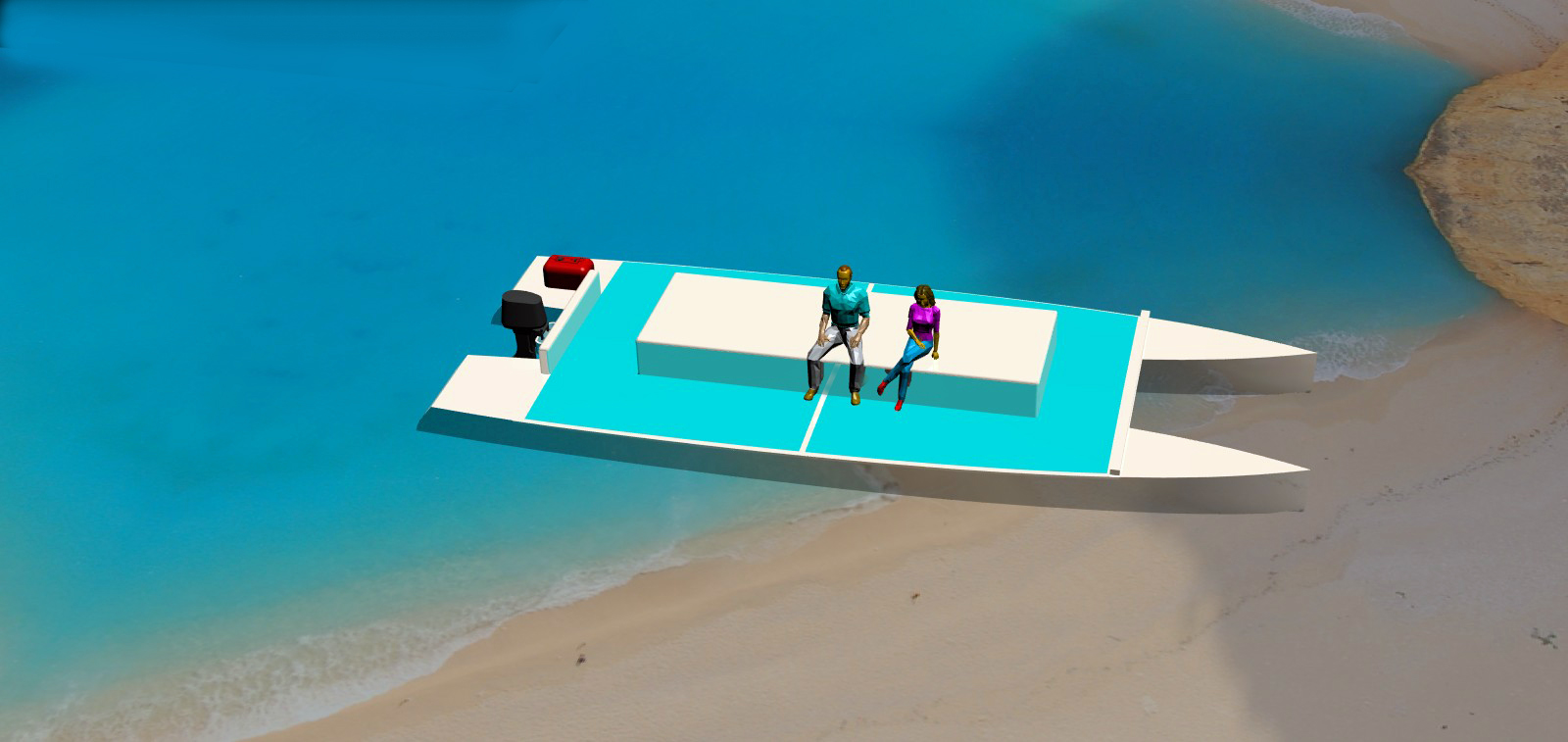
Brushing Hi-Build
In the past I have always sprayed Awlgrip Hi-Build. I was in an interior situation in my lunar lander where I could not spray. I had tried brushing once with T0006 reducer years ago and it was a mess, so I was skeptical.
I have to say that the T0003 is wonderful. I strongly recommend it. I was able to coat the furniture below very nicely.
No IBEX for Me This Year
I decided that I can’t spare the time, and even cash to do IBEX this year. And I think that I know most of the stuff by now.
My builder Andre Cocquyt will be presenting several papers so I’m encouraging you to go though. And if any of you do come upon a discovery, do let me know and I will post here.
It is under new management, and I would have truly enjoyed blue water Tampa over bassboat Louisville.
Kelsall Upset
I see that Derek Kelsall is on another tear at somebody. Usually it is aimed at me, but it says that he is ruffled by something that someone published. I have been too busy to publish anything in ages. Dying to find out what it is though.
It went “Derek Kelsall asked a serious question to the public.”What happened to the first rule of honest business – never knock the competition ?” “.
It is a fascinating concept, and I couldn’t disagree more. This ancient interface of sailing is far from formulaic. It is incredibly complex, and always changing. An assertion that there must be no comparisons nor questioning seems absurd to me. If you have an ego as big as Madagascar, any question is a knock I guess.
And I’m amazed that people, especially what one of my builders calls “the octogenarians at Steamradio” (a multihull blog) would demand no comparisons. How do you find out things? There is no Consumer Reports for multihull design. No Snopes. And unless you attended Reichard’s MACM marine composites conferences, where actual research was done, you just have sea stories.
It is all open to discussion, or should be.
I say that Kelsall often has demonstrably bad engineering. Going from memory, a few; the 1/8” thick rudder shaft walls, to a composite mast with only a fraction of the fibers in 0 degree, to clinging to polyester; ignoring the data, in favor of sea stories. And he should thank me. He used to split, then bond, those KSS hulls in half, front and back. I reminded people of the Reichard/Nuyen/Wolf study, http://www.multihulldesigns.com/pdf/tensile2.pdf and he changed. That is a great example. And it is uncanny how much the KSS hulls wired up now resemble the wired up CM hulls that I have been doing for 34 years now.
One would think getting all sides would be a goal of builders, not, keeping it secret or not upsetting the master, being the deciding goal.
And I am happy to be involved in any comparisons. If I can ask questions, I have to also get them.
People, we should be asking about and comparing everything.
The Right Way To Do a Sliding Entry Door On a Catamaran
My past experience with my builders getting weather resisting sliding entry doors on catamarans has been bleak.
They were fantastically heavy, and expensive.
I had always thought some tiny Harken cars and tracks would be a good way to go. The sliders could be composite with Acrylic, or just Acrylic. I never had the time to track it down though.
One of my sailors, Peter, sent me this link. This could be the deal. A door truck shown below. They have a lot of other boat things I see.
http://www.boatoutfitters.com/boat-sliding-door-hardware.html
3D Modeling Saves a Project
Recently I got a job designing a batch of ferries to be 85′ long. They have to be ready for the America’s Cup next year. The builder had some 75′ molds which were based on an earlier 65′ design. They asked if it was possible to use the existing molds.
I 3D modeled the two hull designs, superimposing them in each other, in transparent mode. To my surprise the existing molds will work, with some inserts, and a foot more freeboard..
40′ Performance Trimarans
One of the guys from Steamradio just had a 40’ performance trimaran designed by Shuttleworth. I was surprised how much it resembled a study that I did for Phil Steggall a few years ago. It didn’t get built and I forgot about it. It is almost the same sailor use program. And it was based on improvements to my 40’ tri, the Geko. The Geko was optimized for singlehanding and light weather. The two trimarans above are for more wind than Geko usually found.
The beams are not swept forward on Phil’s boat. I asked multihull engineer and composites god Ronnal Reichard about that. He declared it an inefficient idea as it introduces an added twisting moment to the main beams. He dismissed the advantages of helping the ama bow as the ama has much more section property to work with, to ease that stress. The tri had square L/B design of course.
It has been suggested that swept forward beams keep the weight of the beams forward. The vast majority of the bending load, and thus the laminate, is near the middle and aft.
The biggest improvement to the Geko would have been adding the flare to the main hull. Any crew or guests need to toss their bags and foulies somewhere, out of the middle. I forgot about that. I thought everything else worked pretty well, for a shorthanding fast 40’ tri.
Boards in the amas solves the board intrusion in the main hull, but if short tacking, one needs a crew or it is more difficult to tack smartly. I wanted smart tacks on the Geko. Not everybody has to short tack all day in light weather.
Where to helm from is an interesting exercise. And I found that it is most dependant on the crew or lack of. Reflexively, everybody should be up on the high side. These boats typically have almost deck sweeping mains, and are doing twice the speed of anything else out there. Anything could be happening behind that main. I always ended up in the cockpit, down low, so that I could see traffic approaching from the low side, helm in one hand, and mainsheet in the other.
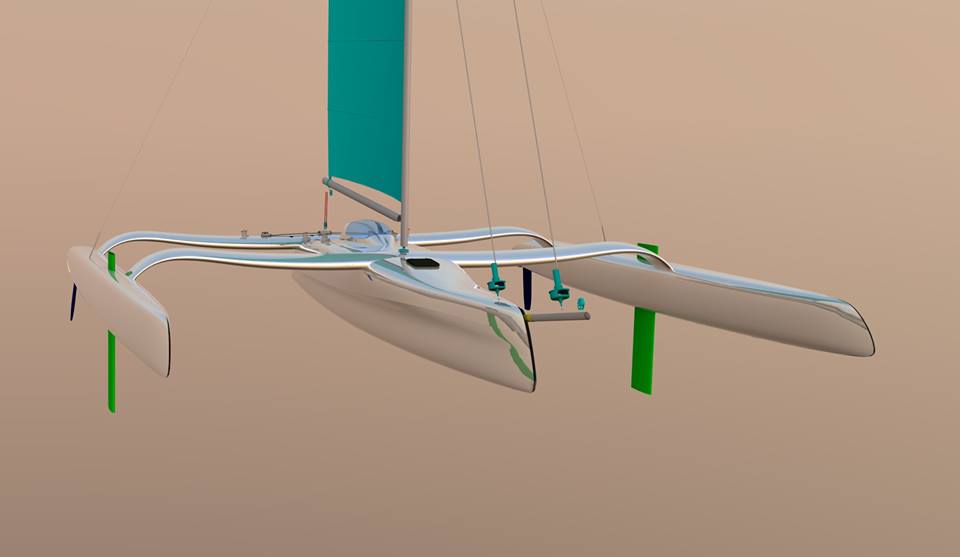 With a crew, that is not a problem, but where to steer from depends on how much the helm (owner usually?) trusts the mainsheet trimmer. I pretty much only trust myself when it’s gusty, unless Dave Calvert is crewing….
With a crew, that is not a problem, but where to steer from depends on how much the helm (owner usually?) trusts the mainsheet trimmer. I pretty much only trust myself when it’s gusty, unless Dave Calvert is crewing….
Is that a pair of main winches I see on the top view on the back beam? That suggests it’s optimized for at least double handing or a crew then. Double handing I was told.
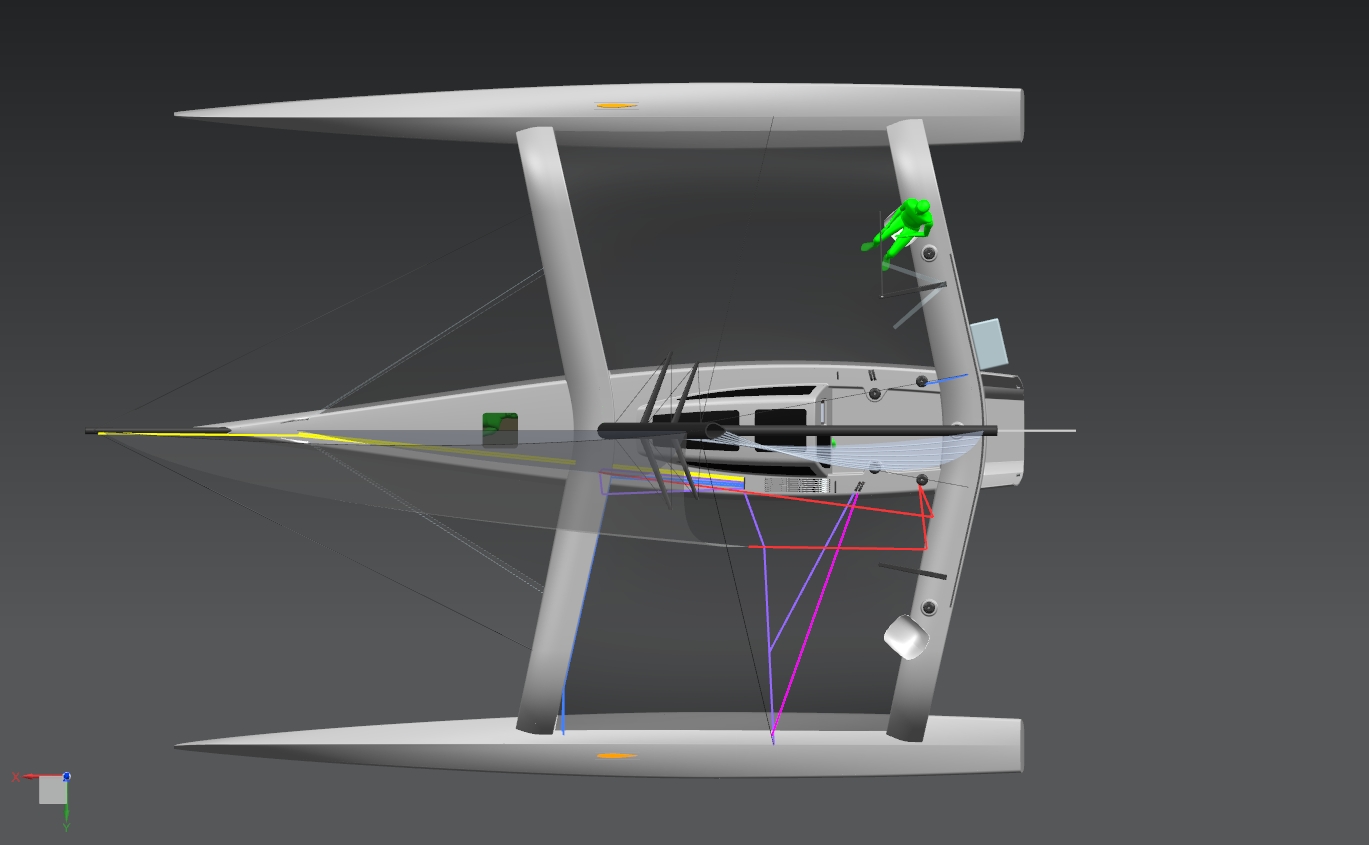
the Shuttleworth tri
It’s all very interesting, imagining how design affects life blasting upwind. And the interesting ways that a design can be fitted to the owner’s individual needs.
Nice View of James’s Dragonfly
More Uganda Ferry
This picture from 5 years ago came up on Face. “Yesterday I got to visit the next KHSD 65′ catamaran ferry for Lake Victoria in Uganda. CM developed plywood and epoxy once more. It is being built in Everett, WA and again by Thain Boats. http://www.thainboats.com/
With some of the crew yesterday.” After posting it, I got some updated pictures of Bluebird, now in Uganda. First, from 5 years ago.
